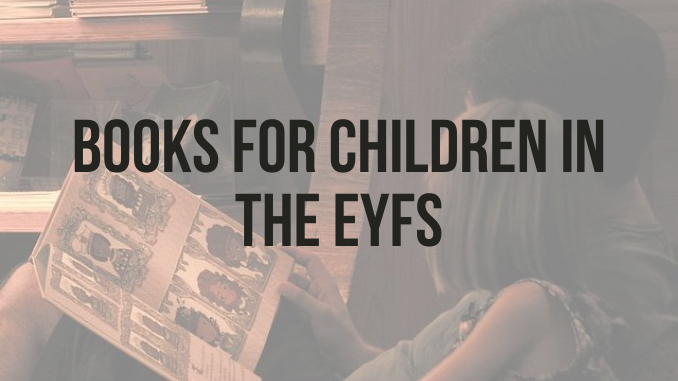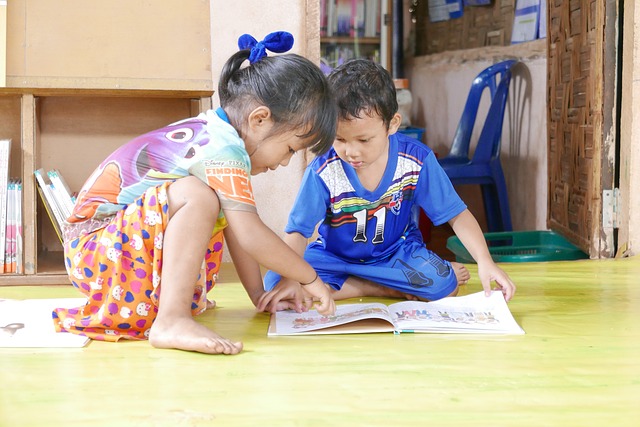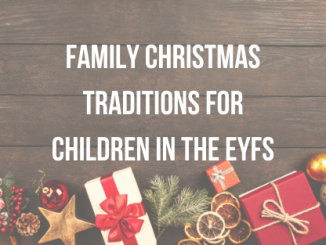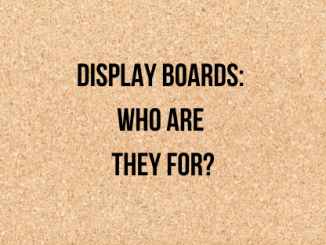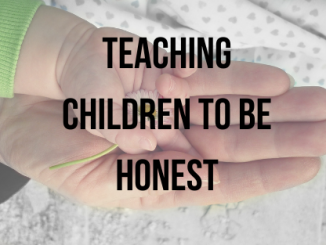Reading for pleasure is one of the biggest predictors of academic success, and laying early foundations for this is incredibly important. Reading with children sets them up for a positive relationship and association with books and reading. If a child is read one book a day one book a day, by the end of the Early Years Foundation Stage they will have been read 1825 books. However, in practice we know that children actually enjoy being read the same book over and over again. This repetition is actually important for children’s development; “enjoys joining in with repeated refrains” is a developmental characteristic which appears in the non-statutory guidance of the EYFS.
Books are especially important for developing speech, language and literacy skills as they often use a much richer and broader vocabulary than we do in everyday life, and with such a wide range of children’s books available we really are spoilt for choice. Here are some of my favourites to read with children in the Early Years Foundation Stage.
1. The Highway Rat- Julia Donaldson
Julia Donaldson is arguably the most prominent children’s writer of our time, having written bestseller The Gruffalo. The Highway Rat is one of her more recent books which has also been animated as a short film. The Highway Rat tells the story of a baddie meeting his comeuppance; The Highway Rat is based on a historical highwayman but instead of stealing money and goods, he steals the food of travellers. The book is written in a characteristic rhyme and meter, and features plenty of enjoyable dialect. The Highway rat employs a wide vocabulary and the story lends itself easily to varied pitch and tones of voice when reading which in turn adds interest to the story for children. The book concludes with a clever duck using echoes to trick the Highway Rat and restore justice, and by the end of the story we find the Highway Rat employed as a cleaner in a cake shop. This story fits nicely with children’s inbuilt sense of justice and fairness.
2. Oi dog- Claire & Kes Gray
Experimenting with and building an awareness of rhyme is an important foundation for learning phonics and Oi Dog is a book based around rhyming words. Reading this story, and the others in the ‘Oi…’series helps children to build their awareness of letters and sounds. If children look at the text as it is read they will also begin to understand how letters translate into different sound. With lots of different animals featured and a sense of humour throughout this book is likely to become a favourite with young children who will enjoy experimenting with rhymes of their own.
3. Each Peach Pear Plum- Allan Ahlberg
Each Peach Pear Plum is written and illustrated by husband and wife, Janet and Allan Ahlberg, and makes use of familiar nursery rhyme and fairy-tale characters in a unique way. Although the Ahlbergs’ books were written several decades ago they are just as enjoyable today and this particular title uses classic fairytale characters so is still very relatable and relevant. The pages of Each Peach Pear Plum are intricately and beautifully illustrated and each one encourages children to find one of the nursery rhyme or fairy-tale characters hidden amongst the illustrations. This supports children’s emerging listening skills and enjoyment of books and stories. The rhyming text is easy to read and exposes children to both rhythm and rhyme, increasing their phonemic awareness.
4. Supertato- Paul Linnet & Sue Hendra
A firm favourite of EYFS teachers everywhere, Supertato, sees a potato in the supermarket become an unlikely hero. The author uses comic book style narration, with plenty of onomatopoeia (think ‘ka-pow!’) to tell stories about the adventures of the vegetables in the supermarket. This provides an early introduction to different writing styles, and exposure to a range of vocabulary. Children love using their imaginations to continue the adventures of Supertato and the veggies and this kind of creativity is fantastic for their brain development.
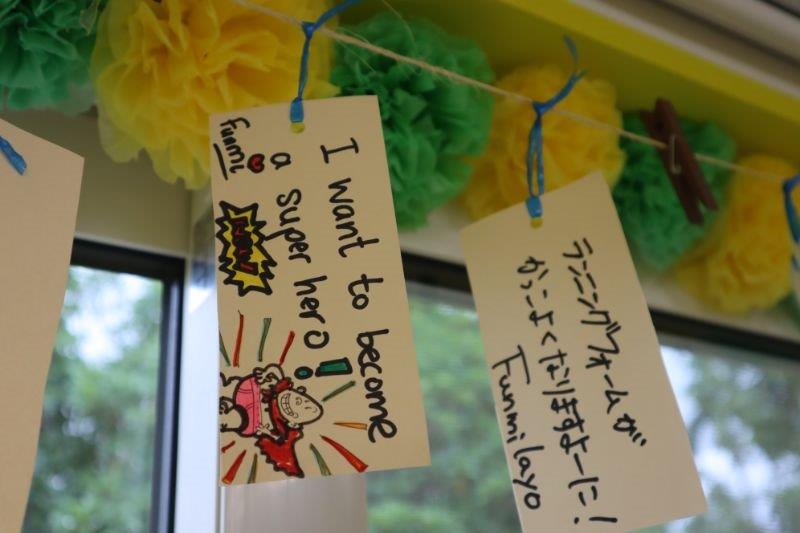
5. The Very Hungry Caterpillar-Eric Carle
This book has a well-deserved reputation as a children’s classic and is based on an extremely simple idea; the life cycle of a caterpillar from egg to caterpillar to cocoon to butterfly. The language used is clear and simple, the illustrations are beautiful and engaging for young children and the cut-out details of the pages with holes through the fruits delight children’s imaginations. The Very Hungry Caterpillar is easy for adults to read to children and to engage children in mathematical learning too, with its increasing number of fruits, and simple to count illustrations. Older children will be able to identify and learn about the scientific process of life cycles as this is something that is often explored in preschool settings, reflecting the Development Matters statements found as part of ‘Understanding the World’
We hope that this list provides you with plenty of inspiration for some books to add read with young children. Reading a variety of books together is important, but don’t worry if a child has one or two favourites that they want you to read over and over again; this is very normal and is important for their development.

